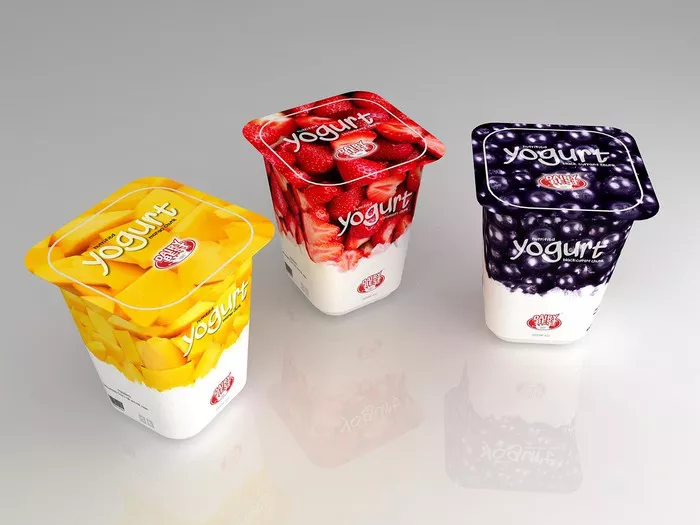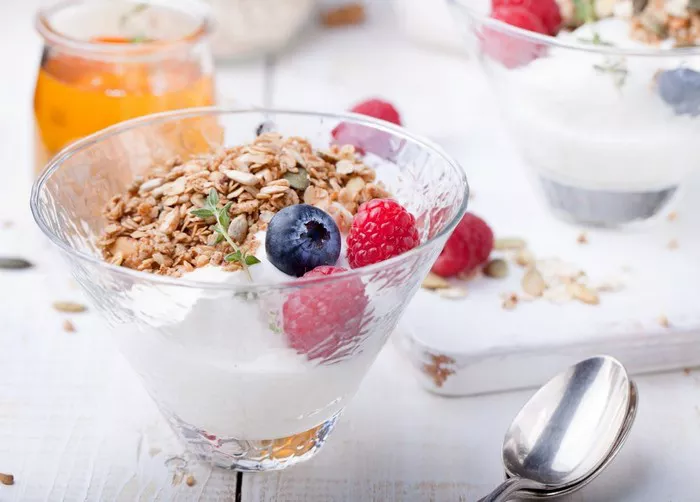Diabetes, a chronic condition characterized by elevated blood glucose levels, requires meticulous dietary management to prevent complications and maintain overall health. For many, particularly those with busy lifestyles, canned foods offer a convenient and long-lasting solution. However, the high sodium, added sugars, and preservatives often found in these products necessitate careful selection to ensure they fit into a diabetes-friendly diet. This comprehensive guide explores the types of canned foods that diabetics can safely incorporate into their diets, focusing on their nutritional benefits and providing practical tips for making the best choices.
Understanding Diabetes and Dietary Needs
Before delving into specific canned food recommendations, it’s essential to understand the dietary needs of individuals with diabetes. The primary goals of a diabetic diet are to:
Regulate Blood Sugar Levels: Consuming foods that have a low glycemic index (GI) helps prevent spikes in blood sugar.
Maintain a Healthy Weight: Balanced meals with appropriate portion sizes support weight management.
Ensure Nutritional Adequacy: A variety of nutrients are essential for overall health and managing diabetes-related complications.
Diabetics are advised to focus on complex carbohydrates, lean proteins, healthy fats, and fiber-rich foods while minimizing simple sugars and unhealthy fats.
Canned Vegetables: Nutrient-Rich and Convenient
Canned vegetables can be a valuable part of a diabetic diet when chosen correctly. They are often picked and canned at peak ripeness, preserving their nutritional content.
Green Beans: Canned green beans are low in calories and carbohydrates. They provide fiber, vitamins A and C, and minerals such as iron and calcium. Opt for no-salt-added or low-sodium versions to keep sodium intake in check.
Tomatoes: Canned tomatoes are rich in vitamins C and K, potassium, and lycopene, an antioxidant beneficial for heart health. They can be used in soups, stews, and sauces. Choose brands with no added sugars and low sodium.
Pumpkin: Pure canned pumpkin (not pumpkin pie filling) is a great source of fiber, vitamin A, and antioxidants. It can be used in soups, smoothies, or baked goods to boost their nutritional value.
Spinach and Kale: These leafy greens are high in vitamins A, C, and K, as well as folate and fiber. Canned versions are a convenient way to add these superfoods to various dishes. Look for no-salt-added options to control sodium intake.
Canned Legumes: A Fiber and Protein Powerhouse
Legumes are an excellent source of plant-based protein and fiber, both of which are beneficial for blood sugar control and overall health.
Chickpeas: Canned chickpeas are versatile and nutritious, providing protein, fiber, and essential minerals like iron and magnesium. They can be added to salads, soups, or pureed into hummus.
Black Beans: These beans are rich in fiber, protein, and antioxidants. They have a low GI, making them ideal for blood sugar management. Use them in Mexican dishes, salads, or as a side.
Lentils: Canned lentils are packed with protein, fiber, and folate. They are quick to prepare and can be used in soups, stews, or salads. Their low GI makes them suitable for diabetic diets.
Kidney Beans: These beans offer a substantial amount of protein and fiber, and their slow-digesting carbohydrates help maintain steady blood sugar levels. They are great in chili, stews, and salads.
Canned Fish: Omega-3 Rich and Protein-Dense
Fish is an excellent source of lean protein and omega-3 fatty acids, which are beneficial for heart health—a critical consideration for diabetics, who are at increased risk for cardiovascular disease.
Salmon: Canned salmon is rich in omega-3 fatty acids, vitamin D, and calcium (if bones are included). It can be used in salads, sandwiches, or salmon patties. Choose salmon packed in water to reduce calorie and fat intake.
Tuna: Canned tuna is a convenient source of protein and omega-3s. Light tuna packed in water is preferable over oil-packed varieties to minimize fat and calorie content. It’s ideal for salads, sandwiches, and casseroles.
Sardines: These small fish are packed with omega-3s, calcium, and vitamin D. Canned sardines in water or olive oil (rather than soybean or other vegetable oils) are the best choices. They can be eaten on whole-grain crackers or added to salads.
Mackerel: Another fatty fish rich in omega-3s, mackerel provides a substantial amount of protein and essential vitamins. Like sardines, choose mackerel packed in water or olive oil.
Canned Fruits: Sweet Options with Caution
While fresh fruits are generally recommended for diabetics, canned fruits can be a good alternative when chosen wisely. The key is to avoid added sugars.
Pineapple: Canned pineapple in its own juice or water (not syrup) can be a refreshing addition to salads, cottage cheese, or yogurt. It provides vitamin C, manganese, and bromelain, an enzyme that aids digestion.
Peaches: Canned peaches without added sugar or syrup offer vitamins A and C, and fiber. They can be used in desserts, salads, or eaten as a snack.
Pears: Like peaches, canned pears in their own juice or water are a good source of fiber and vitamin C. They are versatile and can be added to salads, cereals, or eaten alone.
Mandarin Oranges: These are often packed in light syrup, but options in water or juice are available. They provide vitamin C and can be added to salads, desserts, or eaten as a snack.
Canned Soups: Quick Meals with Caution
Canned soups can be a convenient meal option but often contain high levels of sodium and added sugars. Choosing the right type is crucial for a diabetic-friendly diet.
Vegetable Soups: Look for low-sodium or no-salt-added versions. Vegetable soups can provide a mix of essential nutrients and fiber.
Chicken or Turkey Soup: These can be good sources of protein and vegetables. Choose low-sodium varieties and avoid creamy versions that are high in saturated fats.
Bean Soups: Soups like lentil, black bean, or split pea are rich in fiber and protein. Again, opt for low-sodium options and check for any added sugars.
Practical Tips for Choosing Canned Foods
Read Labels Carefully: Always check the nutrition label for sodium, sugar, and fat content. Aim for products with lower sodium (ideally less than 140 mg per serving), no added sugars, and healthy fats.
Rinse Canned Foods: Rinsing canned beans, vegetables, and even some fruits can help reduce their sodium content.
Choose BPA-Free Cans: Bisphenol A (BPA) is a chemical used in the lining of many cans and may pose health risks. Opt for BPA-free cans whenever possible.
Be Wary of Added Ingredients: Look out for added preservatives, colorings, and flavorings that might not be necessary and could affect your health.
Portion Control: Even healthy canned foods can contribute to excessive calorie intake if not portioned correctly. Use measuring cups and food scales to keep portions in check.
Incorporate Fresh Foods: While canned foods are convenient, they should complement a diet rich in fresh vegetables, fruits, whole grains, lean proteins, and healthy fats.
Canned Foods to Avoid
Sugary Canned Fruits: Avoid fruits packed in heavy syrup, as they contain high amounts of added sugars.
High-Sodium Soups and Vegetables: Many canned soups and vegetables have high sodium content. Always choose low-sodium versions or rinse them before use.
Processed Meats: Canned meats like corned beef, spam, or vienna sausages are high in sodium, unhealthy fats, and preservatives.
Creamy Soups: These often contain high amounts of saturated fats and calories. Opt for broth-based soups instead.
Conclusion
Canned foods can be a practical and nutritious component of a diabetic diet when chosen and used wisely. By focusing on low-sodium, no-added-sugar options, and incorporating a variety of vegetables, legumes, fish, and selected fruits, diabetics can enjoy the convenience of canned foods without compromising their health. Always remember to read labels, manage portions, and complement canned foods with fresh, whole foods for a balanced and healthful diet. This approach not only aids in managing blood sugar levels but also contributes to overall well-being and the prevention of diabetes-related complications.
Related topics:
What Can People Eat With Diabetes
























